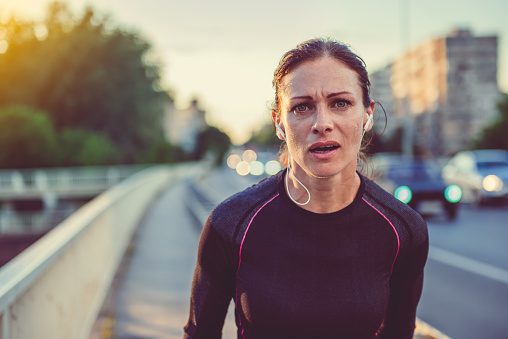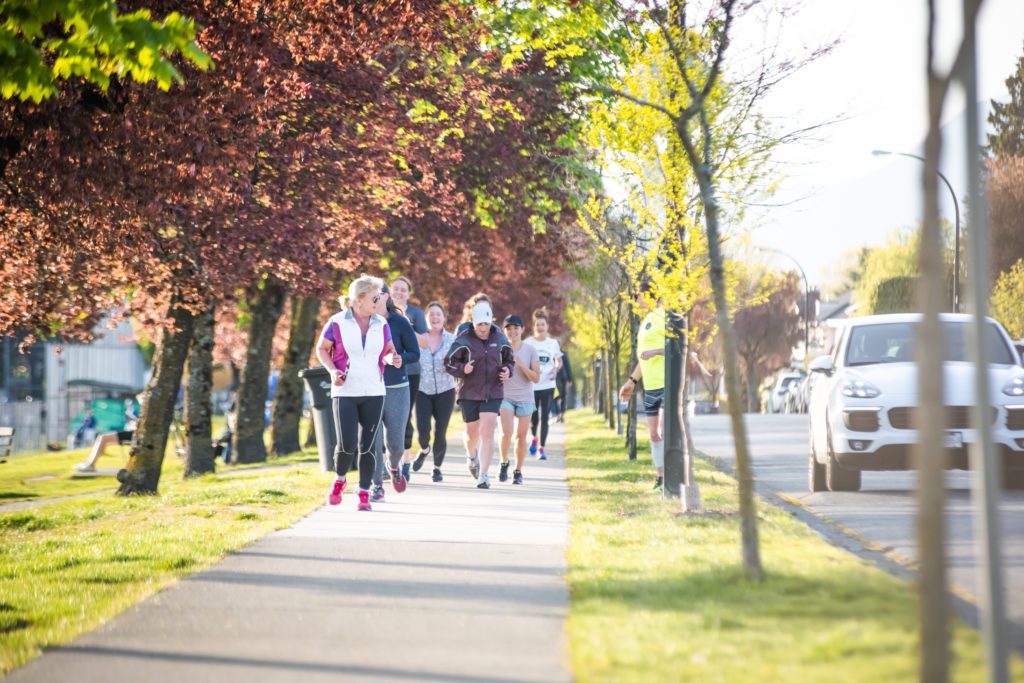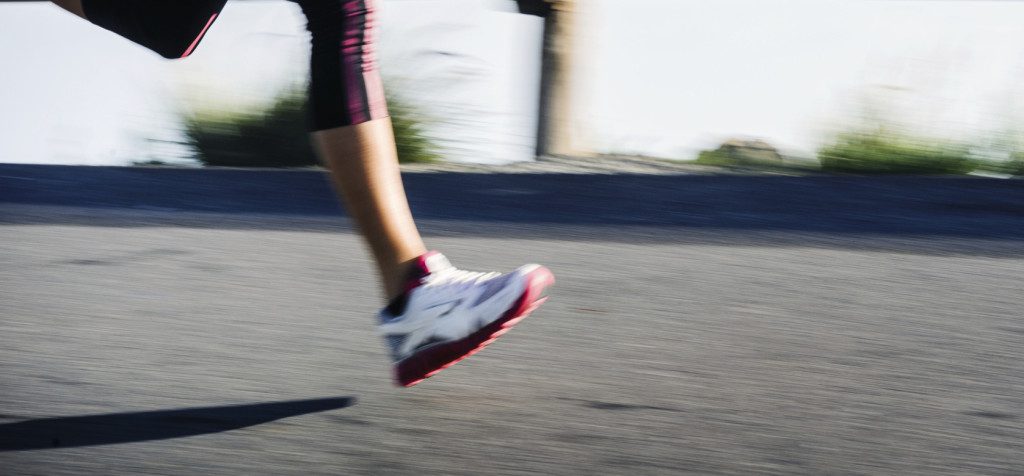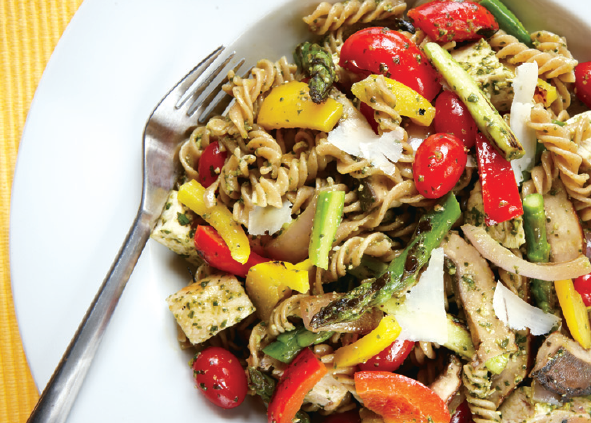8 things new runners shouldn’t stress about
But probably will anyway

When they’re getting started in the sport, there are buzzwords associated with running that lots of new runners cling to. While there’s some merit to these topics, they’re not what people need to concern themselves with in their first few weeks of running. The main goal should be getting outside, enjoying the fresh air and celebrating small victories as they improve.
RELATED: 5 signs you need new running shoes
Below are some of the common worries new runners have, that they for sure don’t need to worry about.

Jogging on the spot
If runners hit a red light, there’s a tendency to keep jogging on the spot. Unless it’s really cold outside (which is a possibility in March) you can take the minute-long break guilt-free. It’s totally fine to just wait until the light changes.
Bringing water for a very short run
If you’re heading out for a short run (under 10K), you shouldn’t need to stop for water. New runners should consider increasing their water intake on either end of their activity though, as they’re probably sweating more than usual. According to studies, 54 per cent of adolescent Americans are dehydrated, so sipping on water through the day is always a good idea.
Their gait
When you’re getting started as a runner, try not to be concerned with how you look or how you’re moving. Don’t worry about your gait, and just give your body time to get used to running.

RELATED: Heel strikers can relax: gait retraining is not warranted
Heel striking
Further to our point about a runner’s gait, heel striking is another thing that new runners shouldn’t worry about it. If a new runner is dealing with injury issues, they could consult a professional, as opposed to trying to avoid heel striking on their own.
Running a marathon
When someone finds out that you’re a runner, their first question is, “Have you run a marathon?”
There are many events and distances to try before you make a decision about whether to run 42.2 kilometres, and lots of people run their entire lives without ever running a marathon. If it’s a goal of yours, great, but you’ll definitely want to get some experience racing shorter distances first. And if not, no stress.

Carb loading
Research has shown that having adequate amounts of glycogen stores before competition can significantly improve performance outcomes, by as much as two to five per cent. However, when you’re just getting started, don’t worry about the carbo-load–eat normally, have a snack or a meal after your runs, and fuel for performance as you run more.
RELATED: Fueling for performance: Carbo-loading dos and don’ts
Static stretching
A proper warmup is one of the easiest ways to prevent injury, but stretching isn’t proven to be a helpful part of it. According to a literature review of several studies, there’s actually a correlation between lower levels of flexibility and better running economy. (Running economy refers to the amount of energy expended to maintain a particular speed.)
A study on untrained runners found that participants with the lowest flexibility happened to have the most naturally economic running styles. Researchers believe that this was a result of low range of motion leading to better stabilization when the foot hits the ground. Basically, excessive range of motion means there’s more energy used to stabilize muscles, and lower range of motion eliminates that use of energy.
When you’re getting into running don’t start with a static stretching routine. Either try a dynamic warm up or just hit the road.
Their pace
Runners have a serious focus on pace, but when you’re first getting started, don’t worry about how fast you’re moving. Instead of using pace as a guide, try using time. Think about running strong for one minute, before taking a walking break, and increase your time as you become more comfortable.


